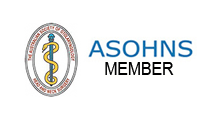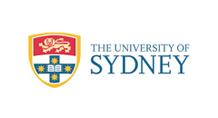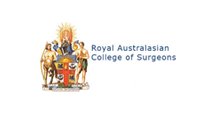Facts about SARS-CoV-2 the Coronavirus causing the disease COVID19
(Current 15th March 2020)
- The virus is in the same family (coronavirus) as many common cold viruses, but it is a new
(novel) virus so there is no widespread human immunity to the virus. - The majority (80%) of infected people get mild cold/ flu like symptoms ie fever, cough,
headache, tiredness and muscle pain. A moderate number of infected people get abdominal
symptoms including diarrheoa. 15% are more severe and may require admission to hospital.
5% of cases require critical care. - The virus is currently thought to be around 6 times more deadly than Influenza in adults but
not children. The death rate for influenza is 0.1% of population. The death rate for SARSCoV-2 currently estimated 0.6 – 3.6%. - Elderly >60 years are more vulnerable, but healthy young adults can get very sick or die from
the disease COVID 19 (just like the flu). - Children and adolescents don’t seem to get as sick as adults, but children are viral carriers so
they spread the disease easily. A small proportion of children from studies in Wuhan, China
required intensive medical care (ICU).
Transmission of SARS-CoV-2
- Is by droplet usually by sneezing, coughing or kissing (within a radius of 1.5 metres).
- Faecal fomites (ie virus genetic material) has been found in faeces of infected patients.
- The Virus lives on hard surfaces for up to 72 hours, so touching the surface and putting
your hand in your mouth can cause infection. - Can occur from infected patients with no symptoms (ie they look healthy)
Treatment of COVID19
- Currently treatment is supportive for mainly the lung complications of the infection. This may
in severe cases require oxygen support and mechanical ventilation. - Antivirals (to reduce viral load and therefore infection severity) that have already been
approved for other viral infections, are being actively trialled across the world. - Vaccines generally take 18 – 24 months or even longer to develop, since they have to go
through various large trials so that they can be given to healthy individuals.
What you should do
- Try to socially distance, stay 1.5m from people outside.
- Don’t shake hands, hug or kiss when you greet people.
- Wash your hands for 20 seconds using soap or use alcohol based disinfectant, FREQUENTLY
but especially before eating. - Don’t put your hands near your face and tell your children to try and avoid doing it.
- Try and avoid touching public trafficked space with your hands (hand railings, escalator
railings) as much as possible. - If you have to touch public buttons (road crossings, lifts) use your elbow or knuckle.
- Avoid all non essential travel especially going overseas.
- If you have returned from overseas travel, it is mandatory to self isolate for 2 weeks.
- If you are sick avoid contact with people as much as possible.
- If have some one elderly AND immunocomprimised (lung, kidney, heart disease, diabetes,
chemotherapy, cancer, severe hypertension) at home or you are in close contact with them,
then act as if you have the virus.
Bibliography
- https://www.jwatch.org/na51074/2020/03/09/preventing-nosocomial-spread-sars-cov-2-wash-your-hands
- https://www.thelancet.com/journals/lancet/article/PIIS0140-6736(20)30607-3/fulltext
- https://www.cdc.gov/coronavirus/2019-ncov/cases-updates/summary.html
- https://www.ecdc.europa.eu/en/novel-coronavirus-china/questions-answers
- https://www.nhs.uk/conditions/coronavirus-covid-19/
- https://www.health.nsw.gov.au/Infectious/diseases/Pages/coronavirus.aspx
- https://www.health.gov.au/health-topics/novel-coronavirus-2019-ncov
- https://www.who.int/docs/default-source/coronaviruse/situation-reports/20200306-sitrep-46-covid-19.pdf?sfvrsn=96b04adf_2






